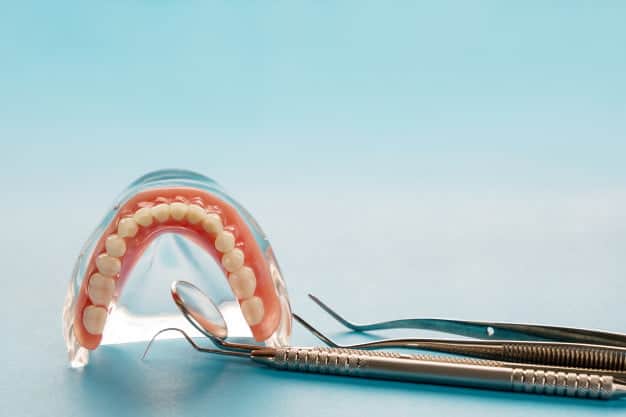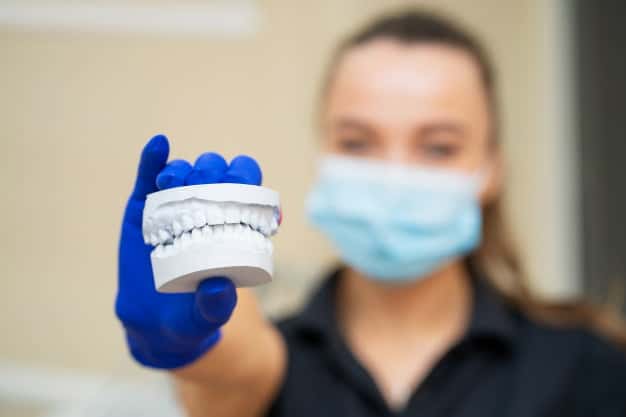After losing one or more teeth, the jawbone starts to deteriorate if you wait too long before doing something about it: its width, height, and density are reduced. This process commences immediately after the loss of the tooth, so it is recommended not to wait too long. In such cases this occurs, a dental bone graft should be performed.
During this procedure, a general surgeon will have to get a piece of bone from another body part in the patient itself or either another person or animal. He can also use a synthetic bone, which is the most commonly taken option.
Dental bone grafting functioning
This is a minimally invasive surgical procedure that is performed by a dentist at its office to create a “new bone” intended to take the missing teeth’ places.
For this, a small cut is made to expose the maxillofacial bone and, add on it the material of the graft. Once installed, closing the wound by using stitches is next. After this, the body will develop new bone cells that will be absorbed in time. This step of the process will have duration of approximately 6-7 months, this will assist as support for future dental implants.
Immediately after the body has appropriately finished the absorption process, the dental implants are fixed. These implants could be either bridges or dentures. It is important to discuss your medical record with the dentist previous to performing this kind of procedure.
Classes of dental bone grafting
There are several options for dental bone grafting materials in the market. They are all supported by high-level dental research and dental academic studies. Of course, these materials are either made or processed in specialized facilities by laboratory technicians to be safe to use, minimizing the possibility of rejection and other diseases.
Now we introduce to you the dental bone grafting different materials available in the market:
Autologue
In this type of graft, the bone needed is taken from some other part of the patient’s body. Two surgeries are required: one to remove the bone material and another one to perform the graft.
Allograft
In this case, bone is taken from a deceased donor. This sample is following processed in a specialized laboratory and, immediately after treating it is stored at a bone tissue bank.
Xenograft
Grafting comes from an animal, usually a cow. The sample is also provided by a bone tissue bank.
Alloplastic
This grafting uses only synthetic materials processed in bone grafting-specialized laboratories.
What to expect from dental bone graftings?
- Local anesthesia is always used during this procedure. Some dentists use additional relaxants or oral sedatives to achieve higher tranquility in the patient.
- Post-operative pain for a few days. In this case, analgesics, anti-inflammatory drugs, and cold packs are indicated.
- It takes about 6-7 months for the bone graft to culminate, and be optimal for receiving the dental implant.
- This is the ideal base for dental implants. If well done, it can last for life.


